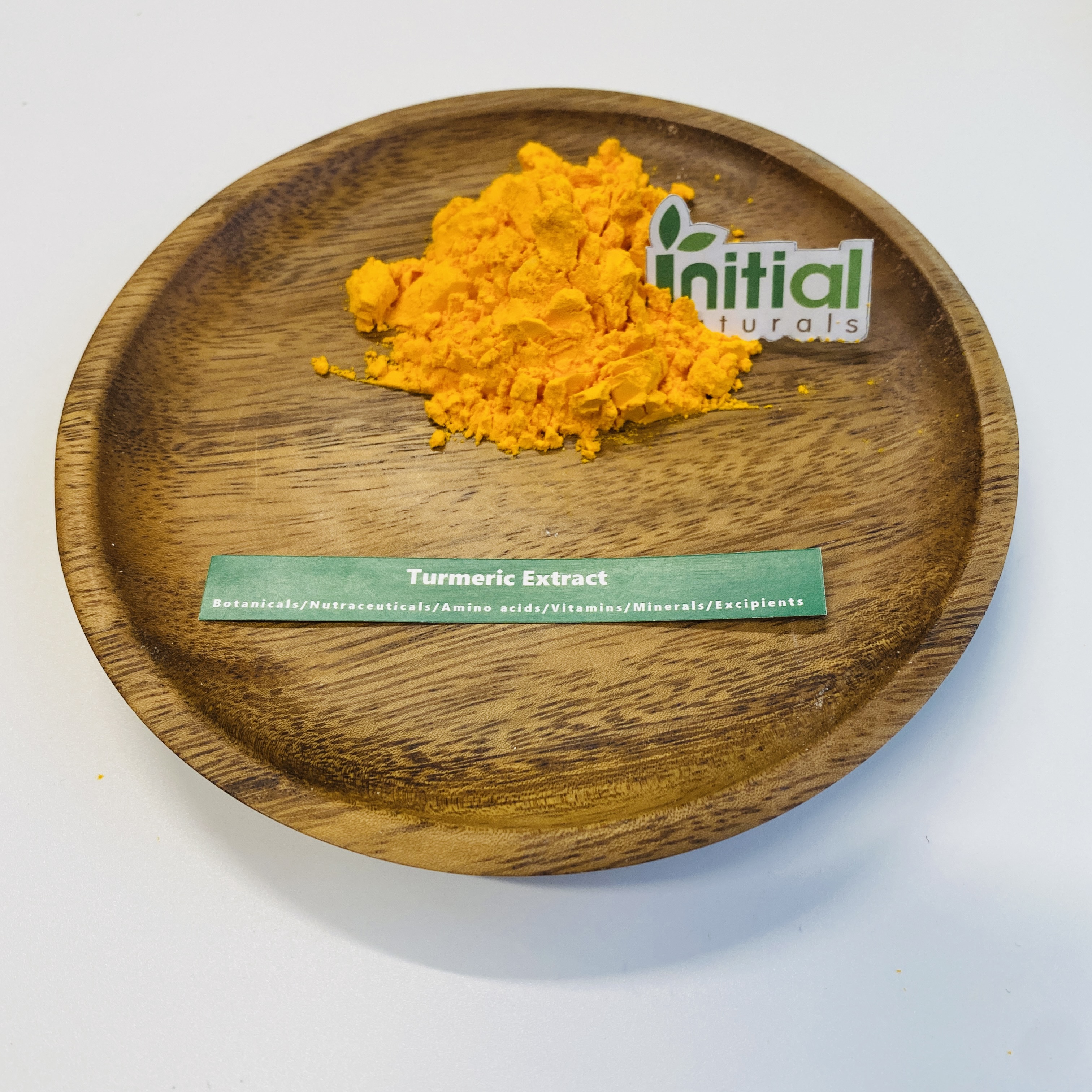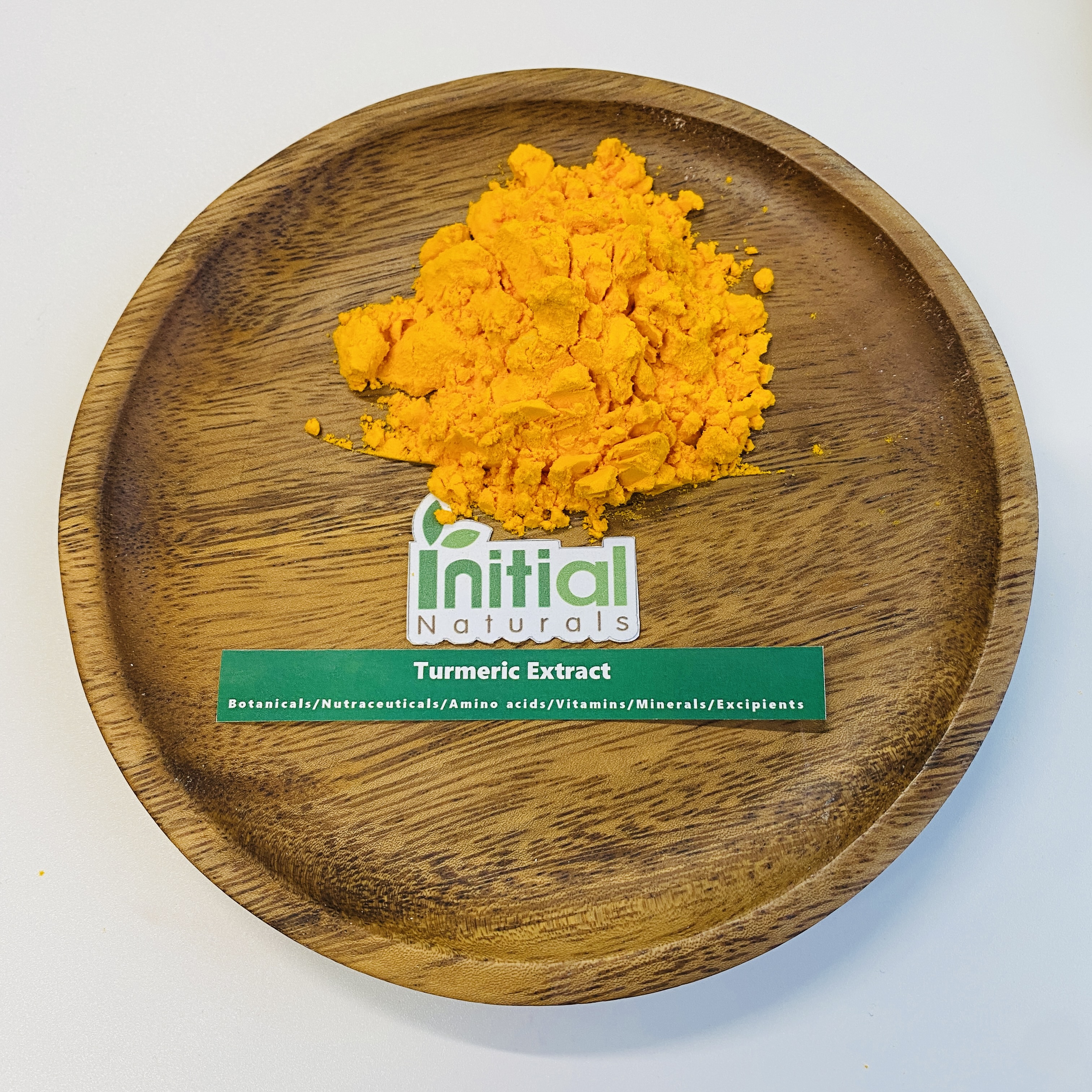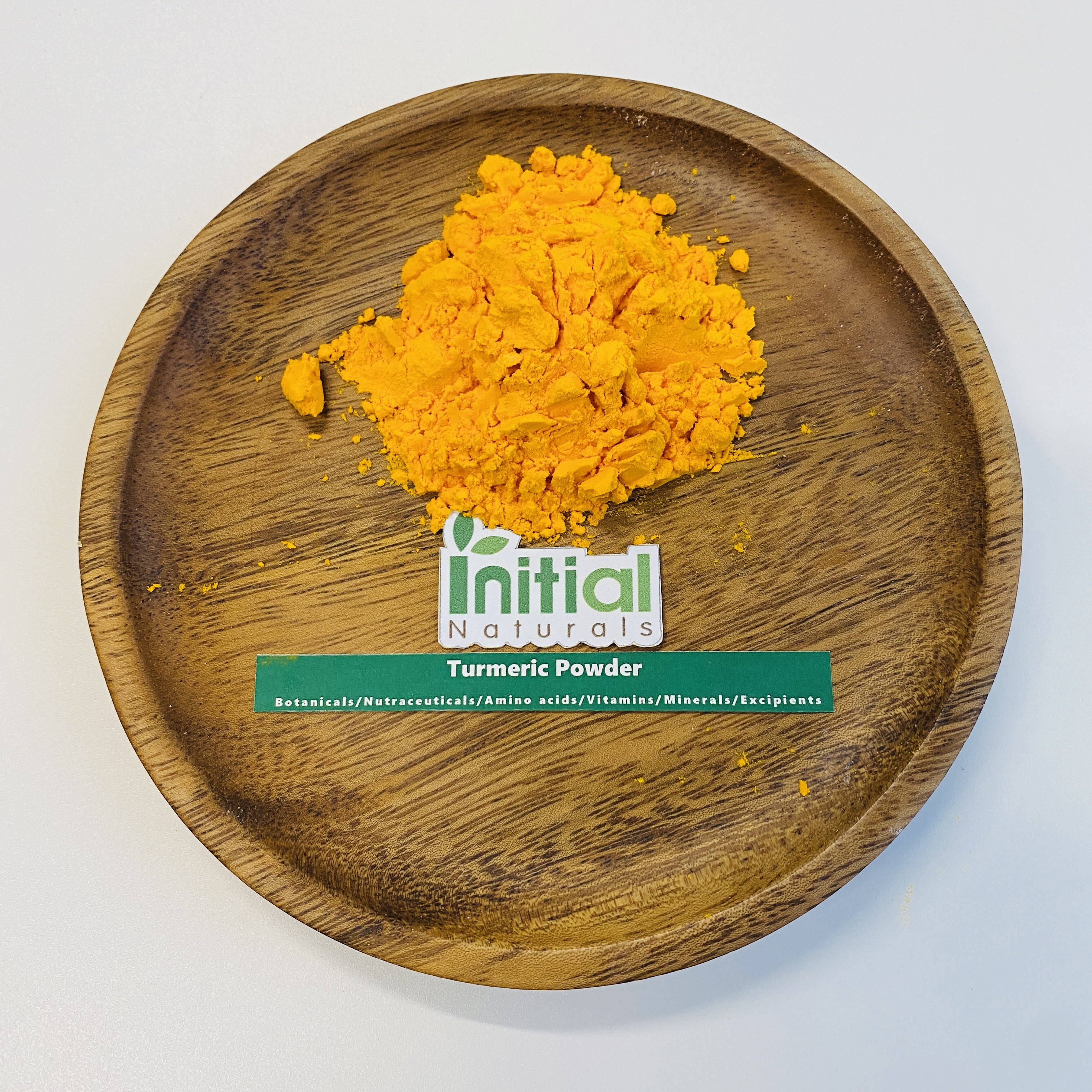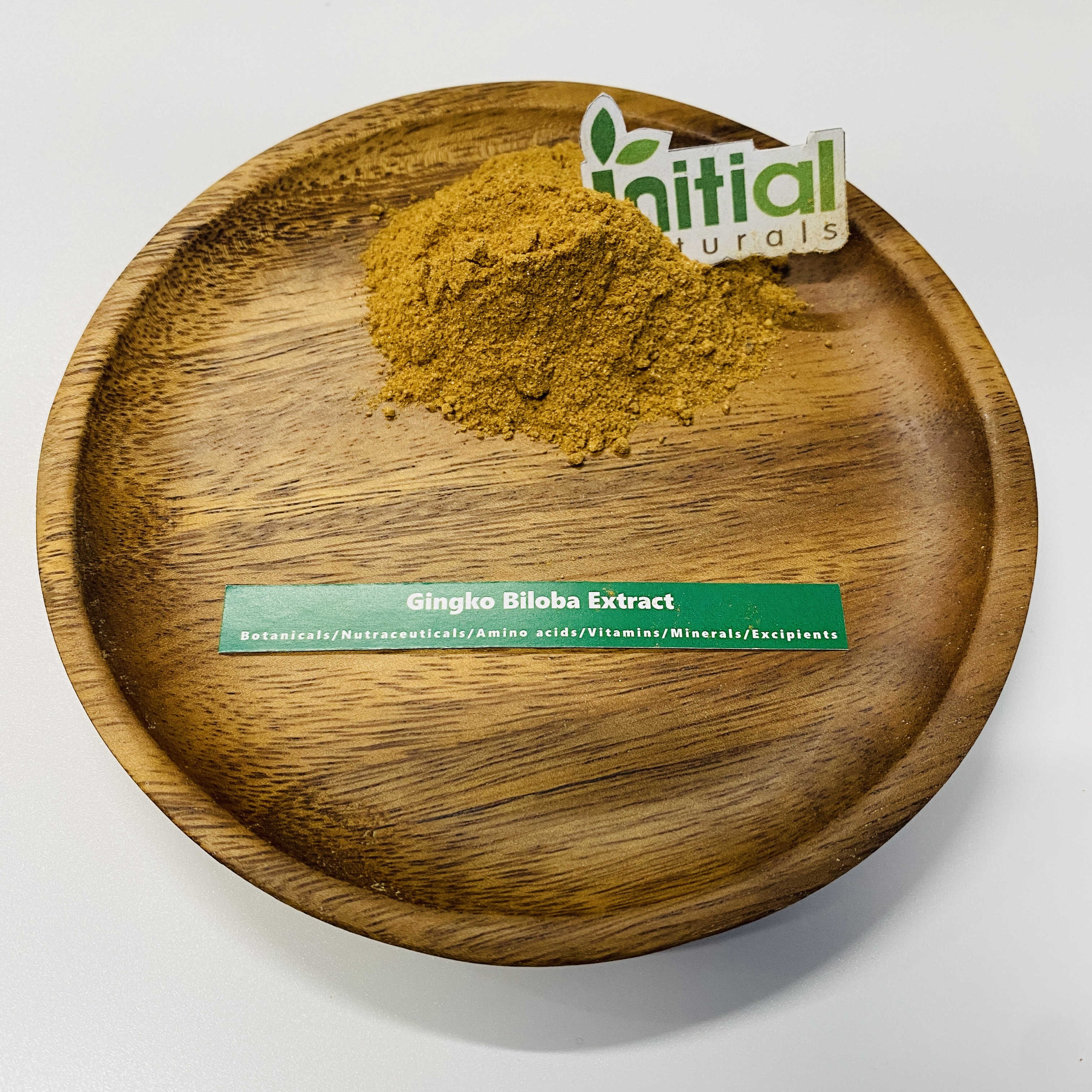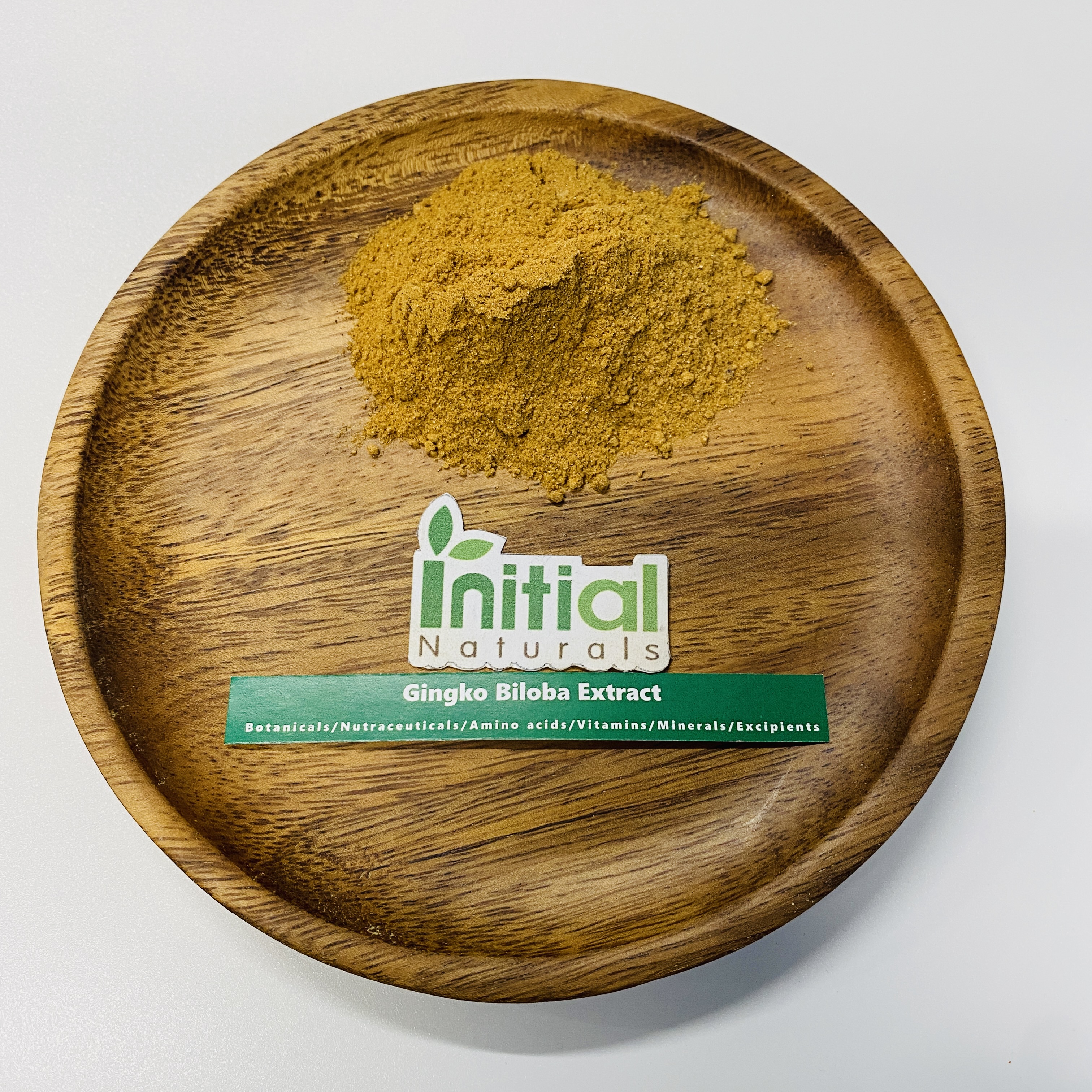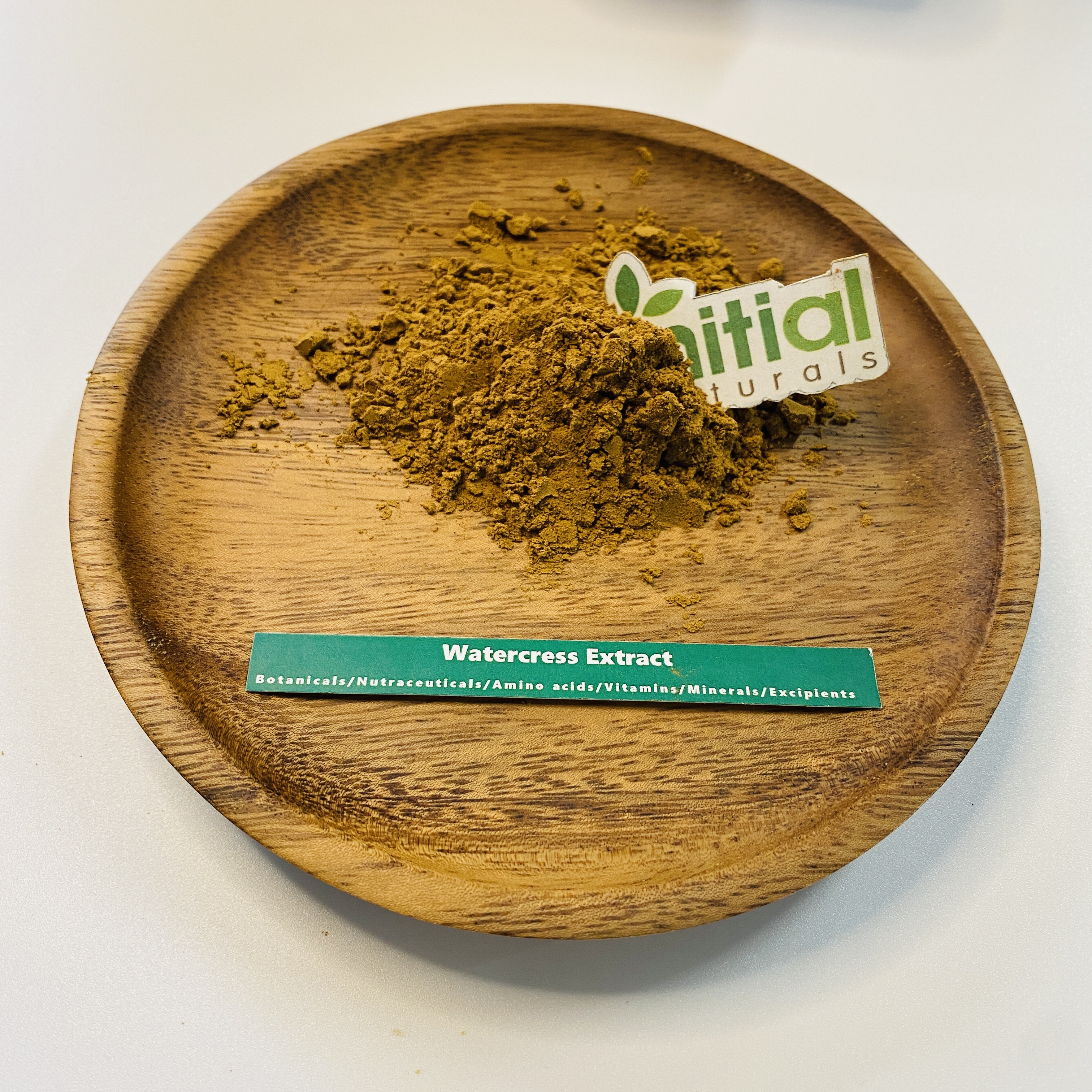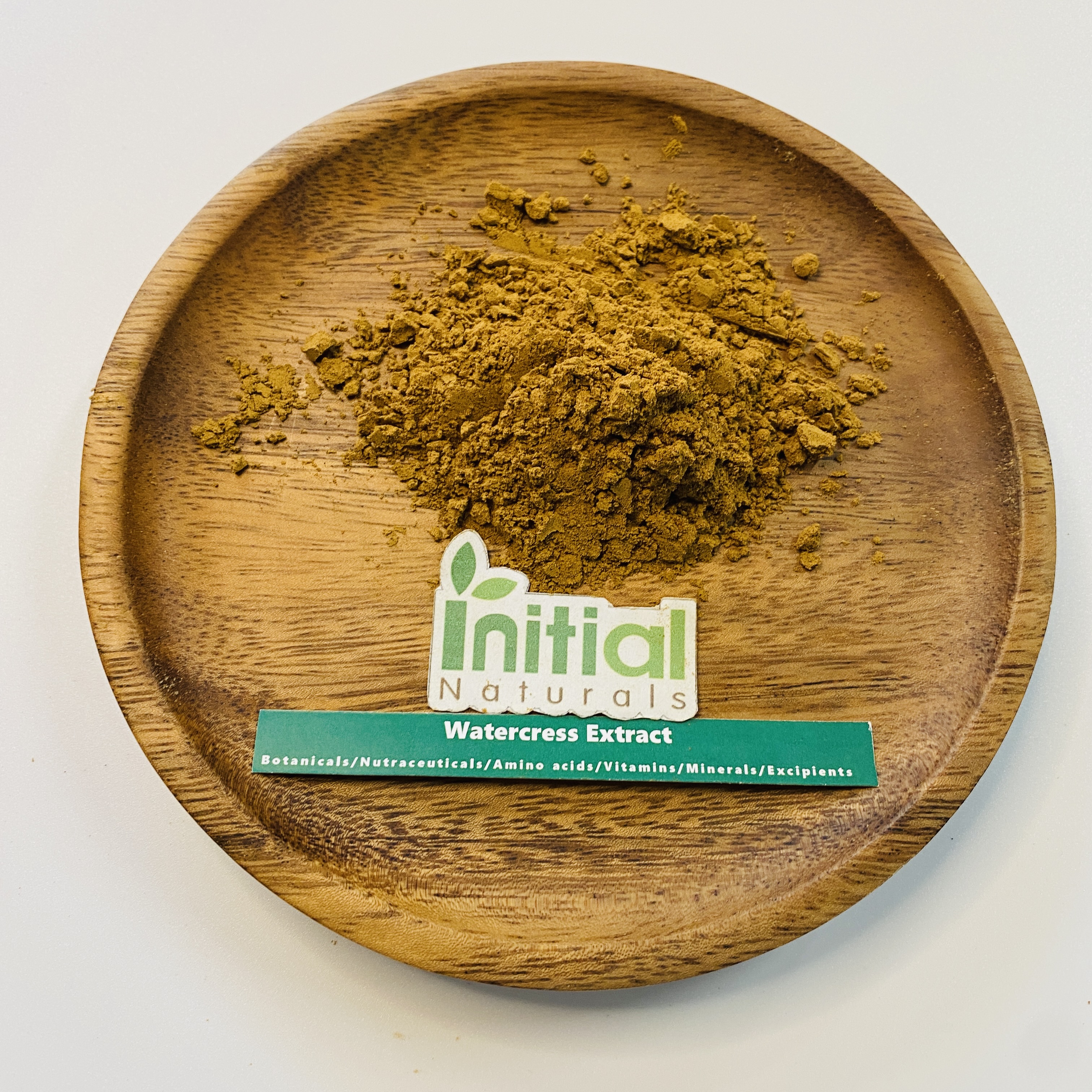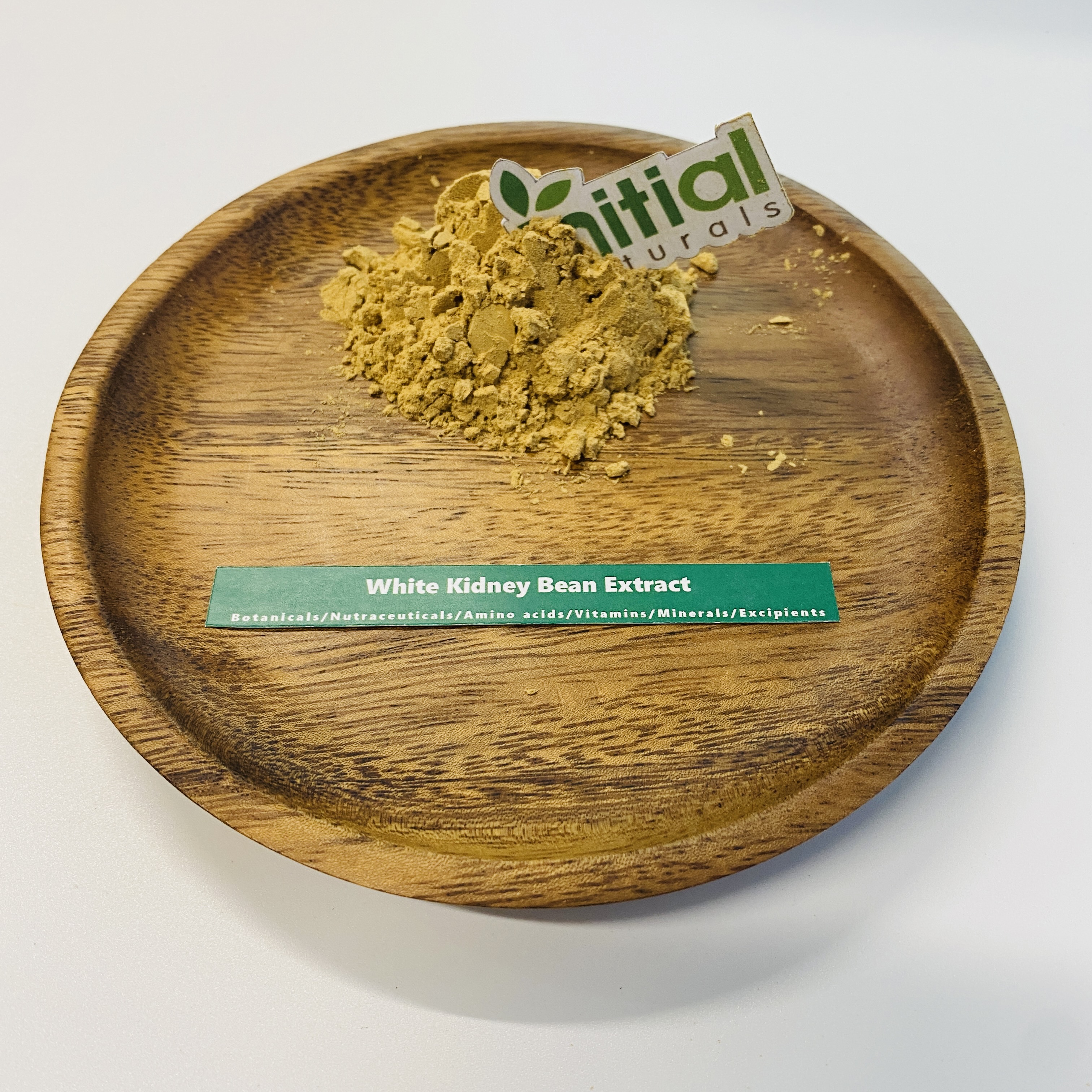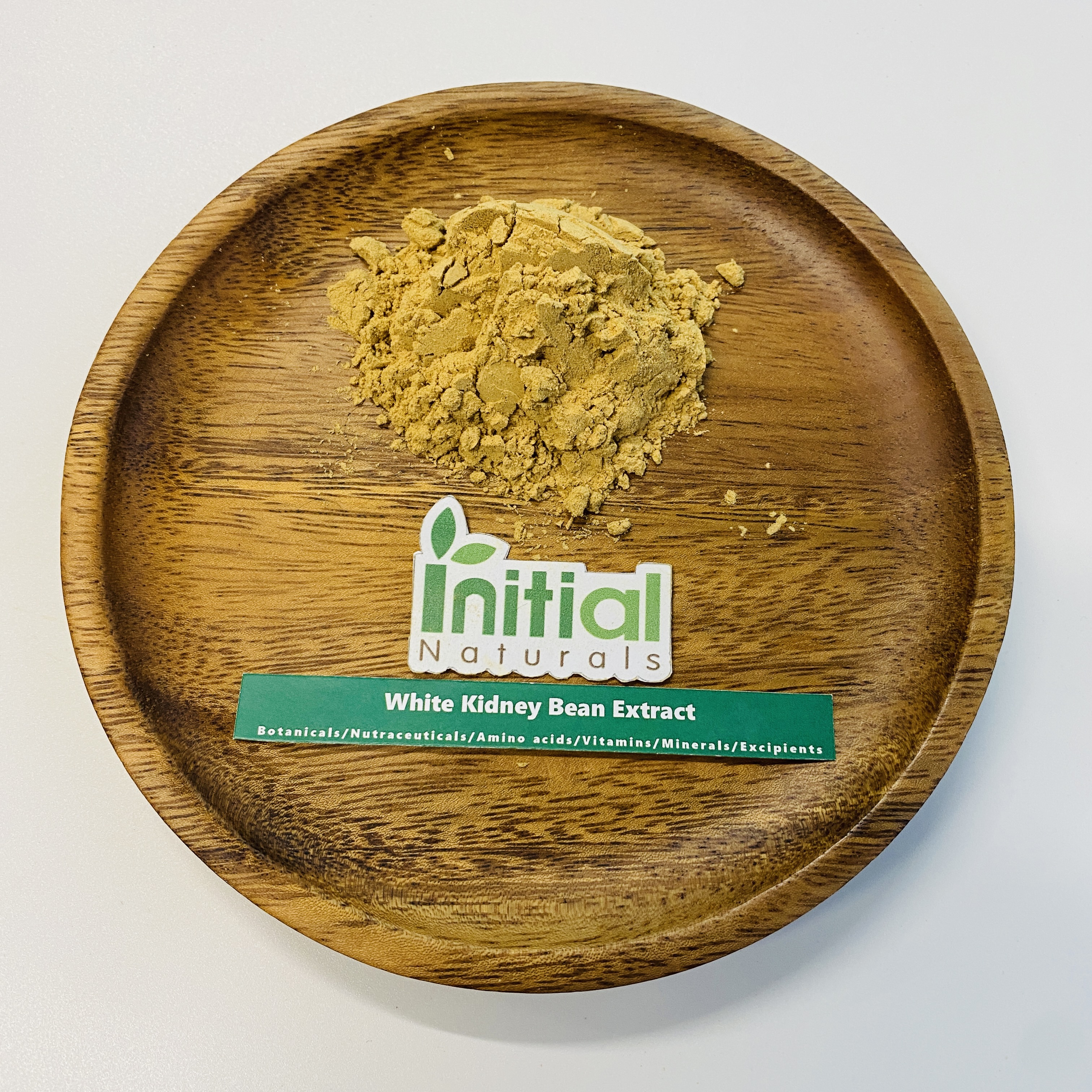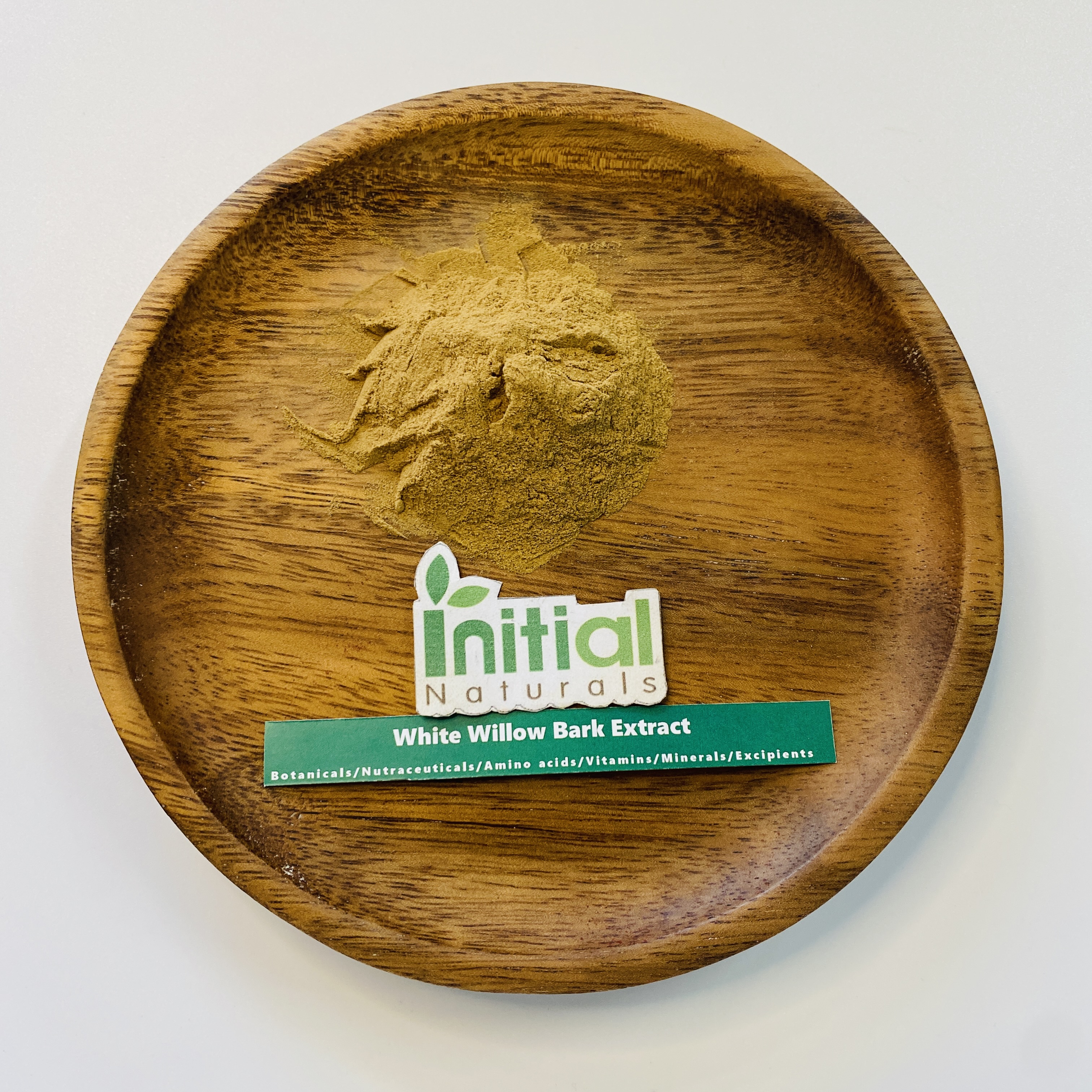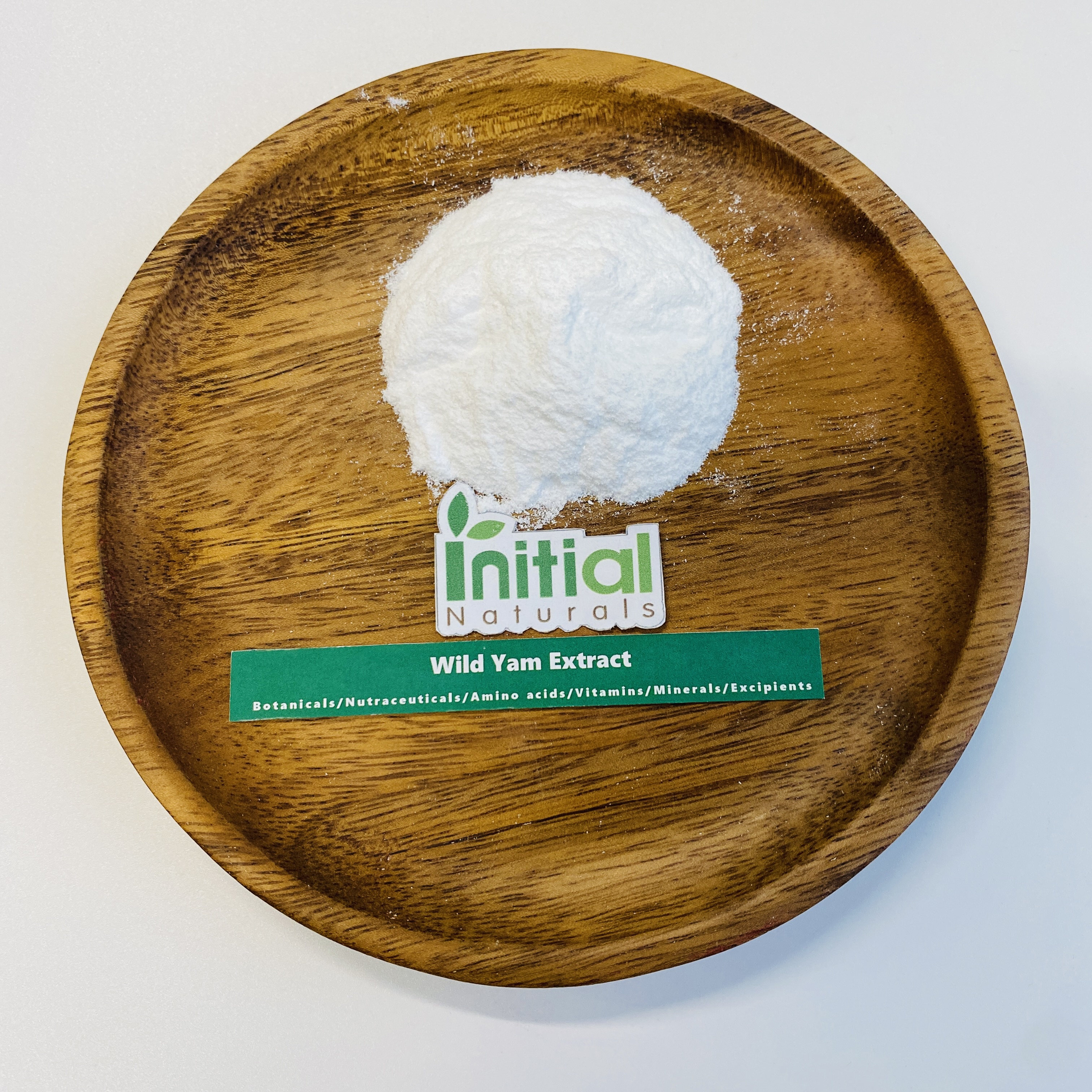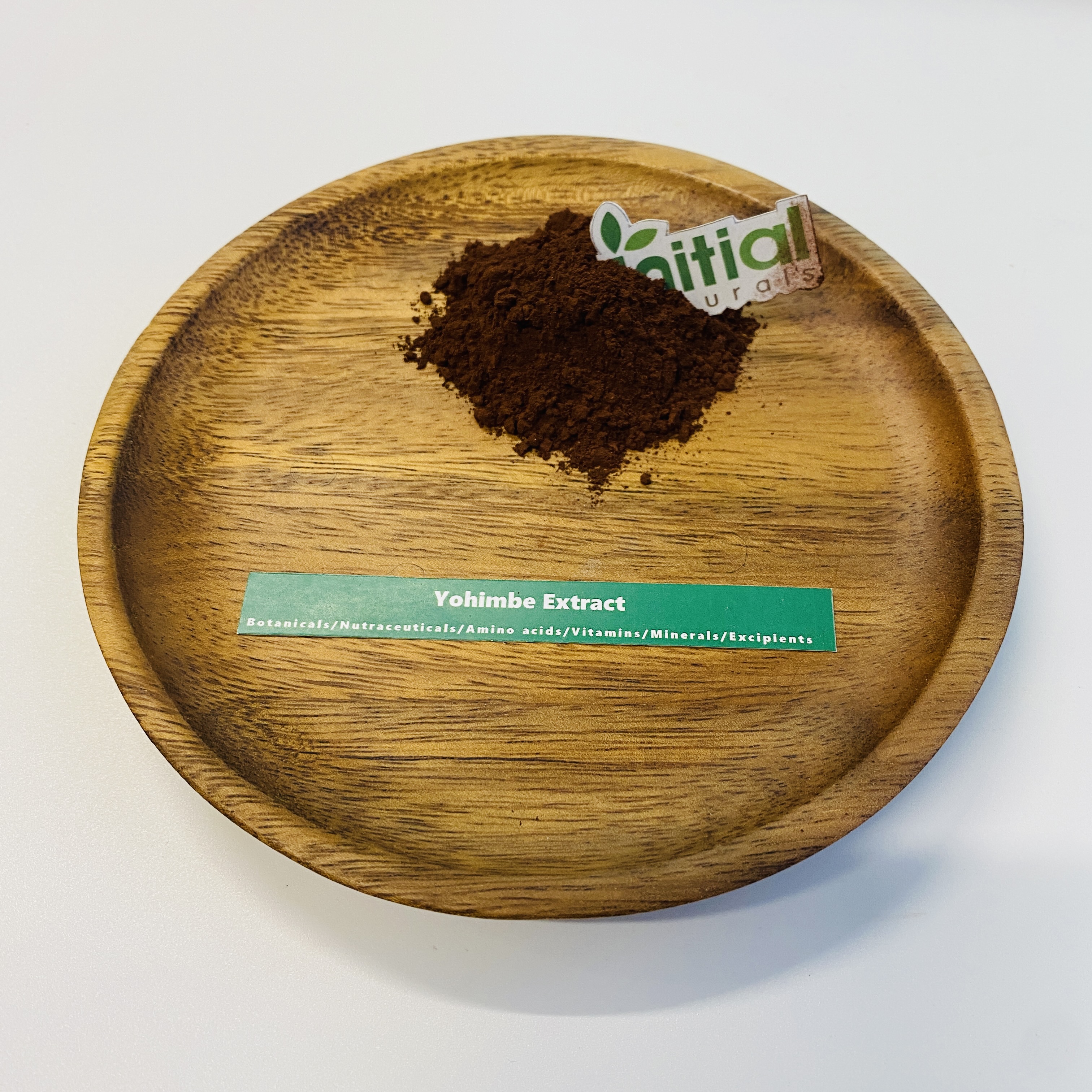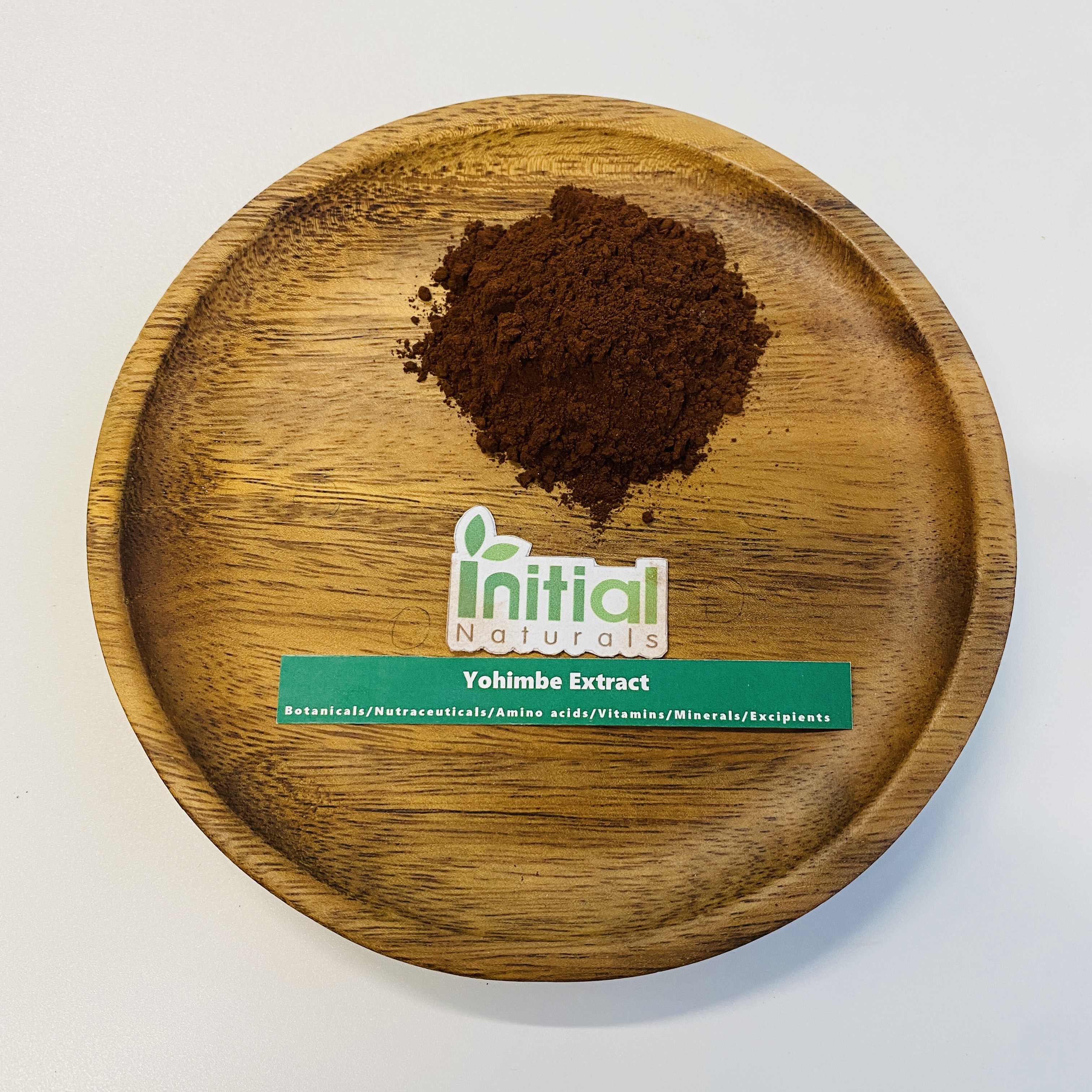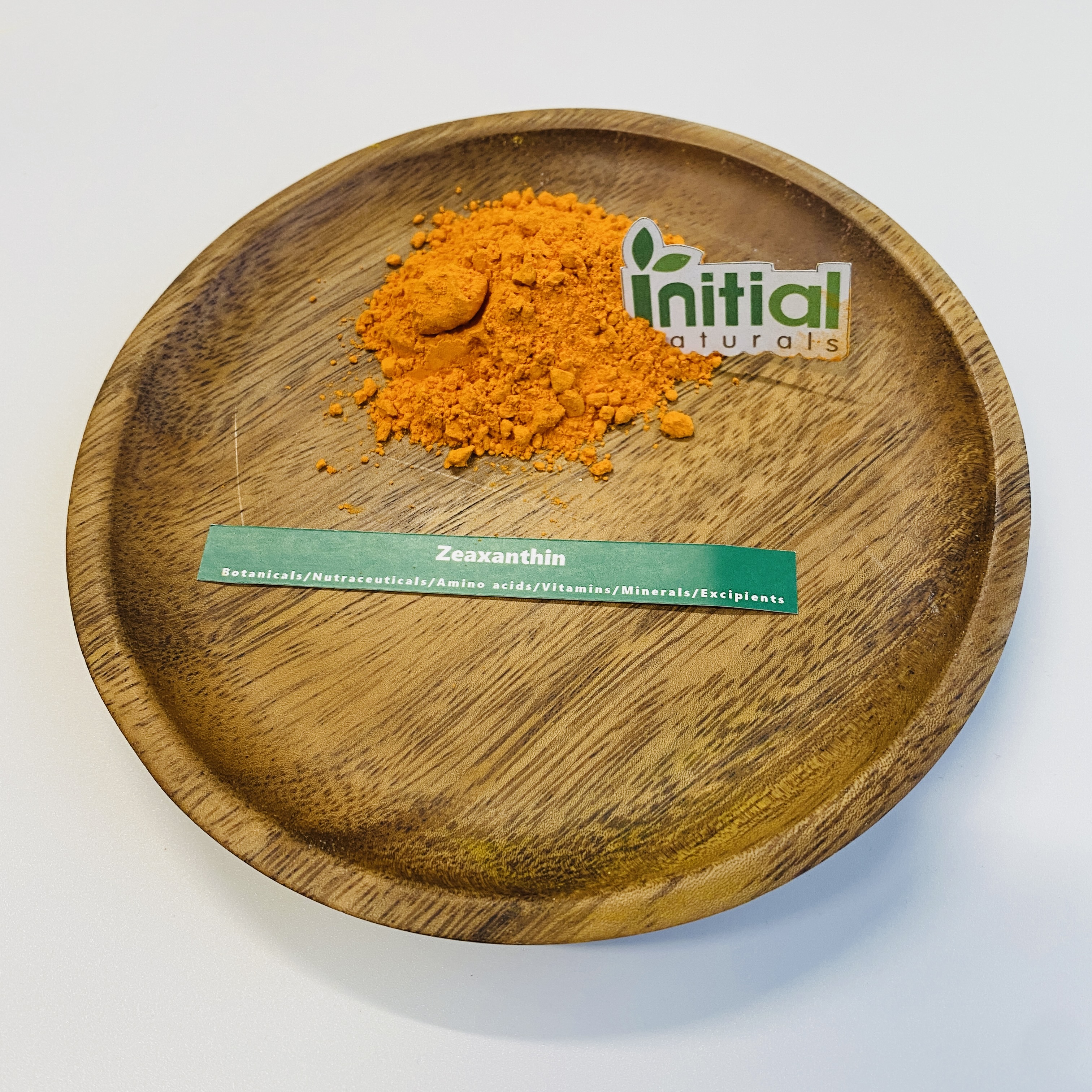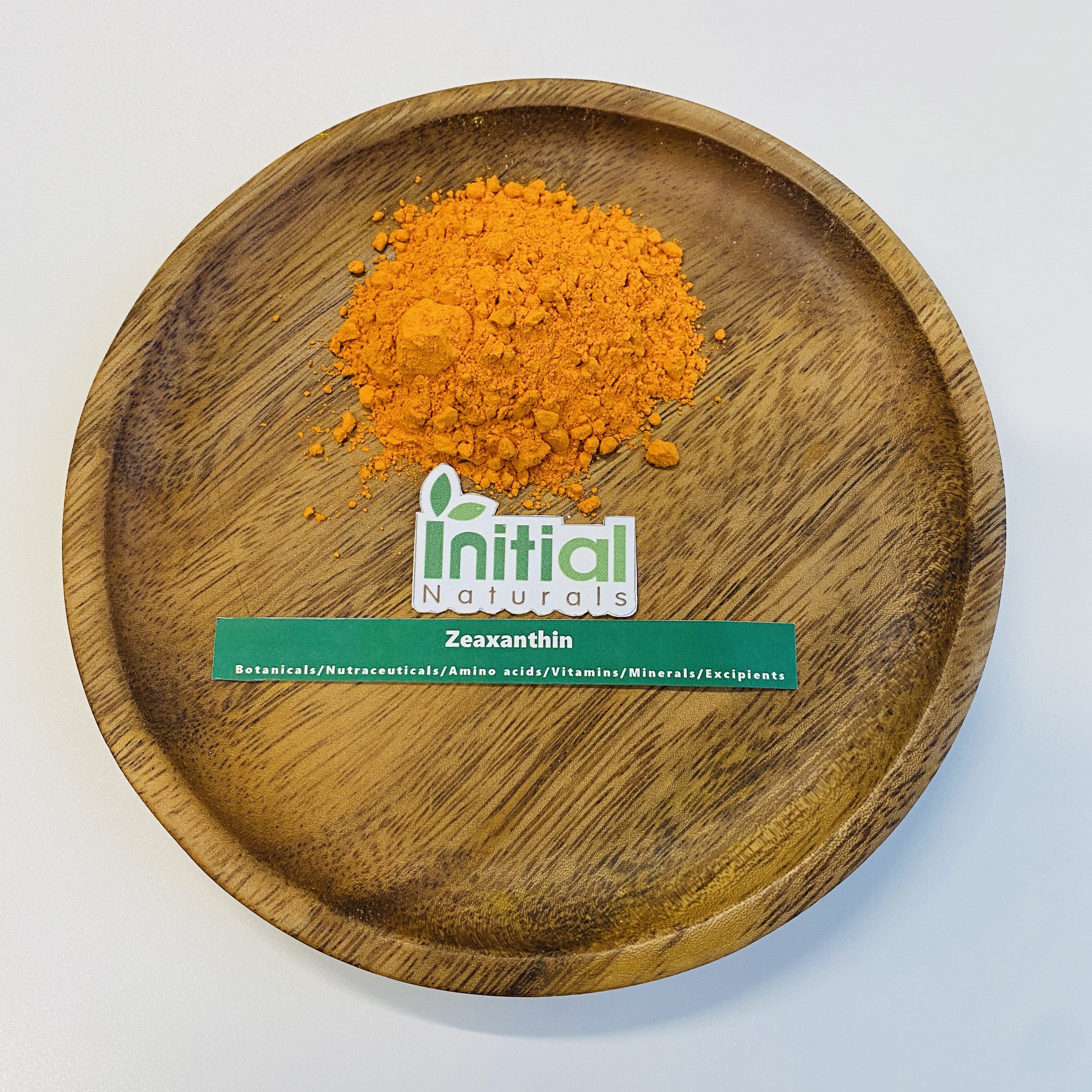Turmeric comes from the Curcuma longa plant, which grows in India and other Southeast Asian countries. It is a member of the ginger family. The dried root of this plant is ground into the distinctive yellow powder, giving it the name golden spice.
-


-


Turmeric comes from the Curcuma longa plant, which grows in India and other Southeast Asian countries. It is a member of the ginger family. The dried root of this plant is ground into the distinctive yellow powder, giving it the name golden spice.
-


Ginkgo biloba (which goes by the scientific name Salisburia adiantifolia) is a natural extract derived from the leaf of the Chinese ginkgo tree, also called the maidenhair tree.
Ginkgo has been studied for decades in France, Germany and China. And although Chinese herbal medicine utilizes both dried ginkgo leaf and seeds, today the focus in clinical studies is on the effectiveness of standardized ginkgo biloba liquid extract, made from the plant’s dried green leaves. -


Watercress is a perennial vegetable that grows naturally along running waterways, thriving in both the sun and water. This leafy green does especially well in varying soil conditions, as long as the soils stay saturated with water. Watercress is closely related to other cruciferous vegetables such as broccoli, cabbage and kale. It’s also widely available and can be found in the produce section of most supermarkets alongside other vegetables.
-


White Kidney Bean are a type of white bean in the Fabaceae family of legumes. They are native to the Americas and got their American name from the sailors who used them as a staple food in the 19th century.They also go by the names haricot, pearl haricot bean, white pea bean and Boston bean. ase-fighting antioxidants and important nutrients like folate and vitamin B12. These beans also are provide gluten-free protein and fiber.
-


White willow trees (salix alba) grow a bark that contains the chemical called salicin, which has anti-inflammatory effects.Salicin works in similar ways as acetylsalicylic acid, the active ingredient in aspirin. In fact, in the 1800s, salicin was used to develop aspirin.Willow trees are members of the Salicaceae plant family and are native to Europe, Central Asia and Northern Africa
-


Wild Yam(Dioscorea oppositifolia L.) is a plant of the genus Dioscorea in the family Dioscorea, which has twining grassy vines.Tubers long cylindrical, vertical growth.Distributed in Korea, Japan and China, growing on hillsides, under forests in valleys, near streams, roadside thickets or weeds.
-


Yohimbe bark is an herbal supplement. Its species name is Pausinystalia yohimbe. Yohimbe comes from the bark of the evergreen Corynanthe yohimbe tree, which is in the plant family called Rubiaceae. The active ingredient in yohimbe, called yohimbine, is also used to make certain medications. Today it’s studied for its ability to help treat conditions including erectile dysfunction/impotence, diabetes, depression, hypotension, and overuse of certain medications.
-


Zeaxanthin (Zeaxanthin) is a new oil soluble natural pigment, which is widely found in green leafy vegetables, flowers, fruits, medlar and yellow corn.In nature, it often coexists with lutein, β-carotene, cryptoxanthin and so on to form carotenoid mixture.


